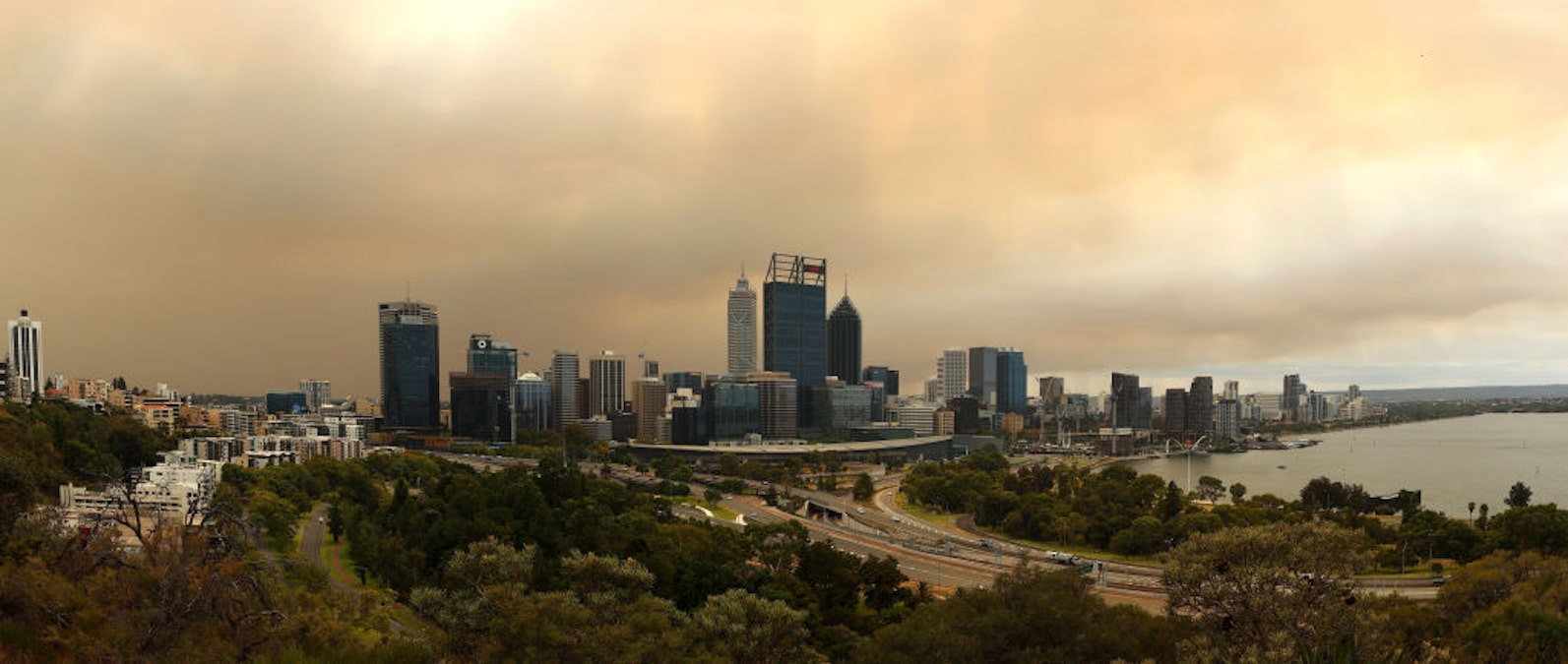

In another unexpected outcome of the climate crisis, wildfire smoke may be putting the recovery of the ozone layer at risk.
A new study from Massachusetts Institute of Technology (MIT) chemists published in the Proceedings of the National Academy of Sciences this week found that the devastating Australian wildfires of 2019 and 2020 contributed to the depletion of the ozone layer, MIT News reported. The research is the first to find a chemical connection between smoke from wildfires and ozone depletion.
“All the hard work that the world went to to reduce chlorofluorocarbons (ozone-depleting chemicals once used in aerosol sprays) is not paying off as well in the areas that experience extreme wildfires,” research leader and MIT professor Susan Solomon told BBC News.
“The best hope would be that we reduce global warming gases also and stop increasing the wildfires, but that’s obviously more difficult.”
The Montreal Protocol, in which nations agreed to phase out ozone-destroying chemicals, is considered the most successful environmental treaty of all time. It was signed in 1987 after it was discovered that emissions from chlorofluorocarbons (CFCs) were weakening the Earth’s protective coating of ozone and therefore exposing the life below to more harmful ultraviolet radiation from the sun. It was previously estimated that the treaty would prevent more than 280 million cases of skin cancer, 1.6 million skin cancer deaths and more than 45 million cases of cataracts in the U.S. alone by 2100.
However, it turns out that world leaders’ collective failure to act on the climate crisis is putting this successful example of environmental collaboration at risk. The climate-fueled “Black Summer” wildfires that ravaged Australia in 2019 and 2020 burned through more than 43 million acres, displaced or killed almost three billion animals and sent more than one million tons of smoke particles into the atmosphere, MIT News explained. That smoke put the ozone layer at risk.
The research team noticed that nitrogen dioxide levels dropped in the stratosphere in March 2020, a drop that corresponded to increased smoke reaching this atmospheric layer. Less nitrogen dioxide is linked to ozone depletion.
“This chemistry, once you get past that point, is well-established,” Solomon told MIT News. “Once you have less nitrogen dioxide, you have to have more chlorine monoxide, and that will deplete ozone.”
All told, the researchers estimated that the fires depleted the ozone layer by one percent. To put that in perspective, ozone has recovered by about one percent thanks to the Montreal Protocol over the past decade. Luckily, the smoke does not persist in the stratosphere.
“As the bushfire aerosols leave the stratosphere over time – they come back down to the [Earth’s] surface – ozone depletion stops,” study co-author Dr. Kane Stone of MIT told The Guardian. “This is a short term decrease, but it’s significant.”
That said, the concern is that extreme wildfires will happen more and more frequently unless greenhouse gas emissions are rapidly reduced.
“The Australian fires look like the biggest event so far, but as the world continues to warm, there is every reason to think these fires will become more frequent and more intense,” Solomon told MIT News. “It’s another wakeup call, just as the Antarctic ozone hole was, in the sense of showing how bad things could actually be.”

 233k
233k  41k
41k  Subscribe
Subscribe 